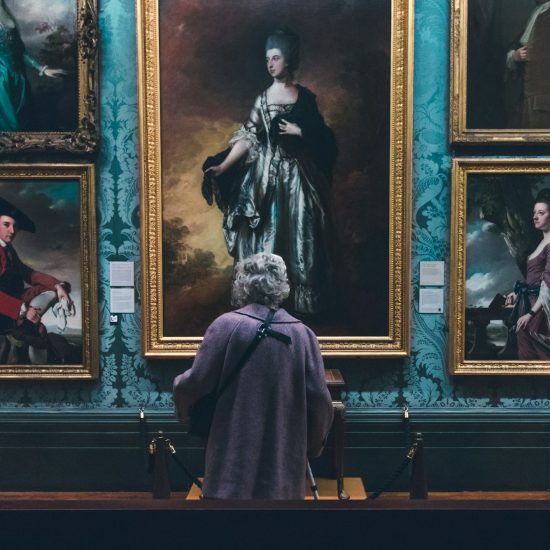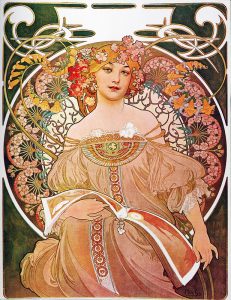Art has been integral to human culture for centuries, reflecting societies, histories, and individual expressions. Understanding different art styles can deepen our appreciation for the rich tapestry of artistic expression. This article will explore five prominent art styles, delving into their characteristics, historical context, and notable examples.
1. Art styles: Realism – Capturing the World as It Is
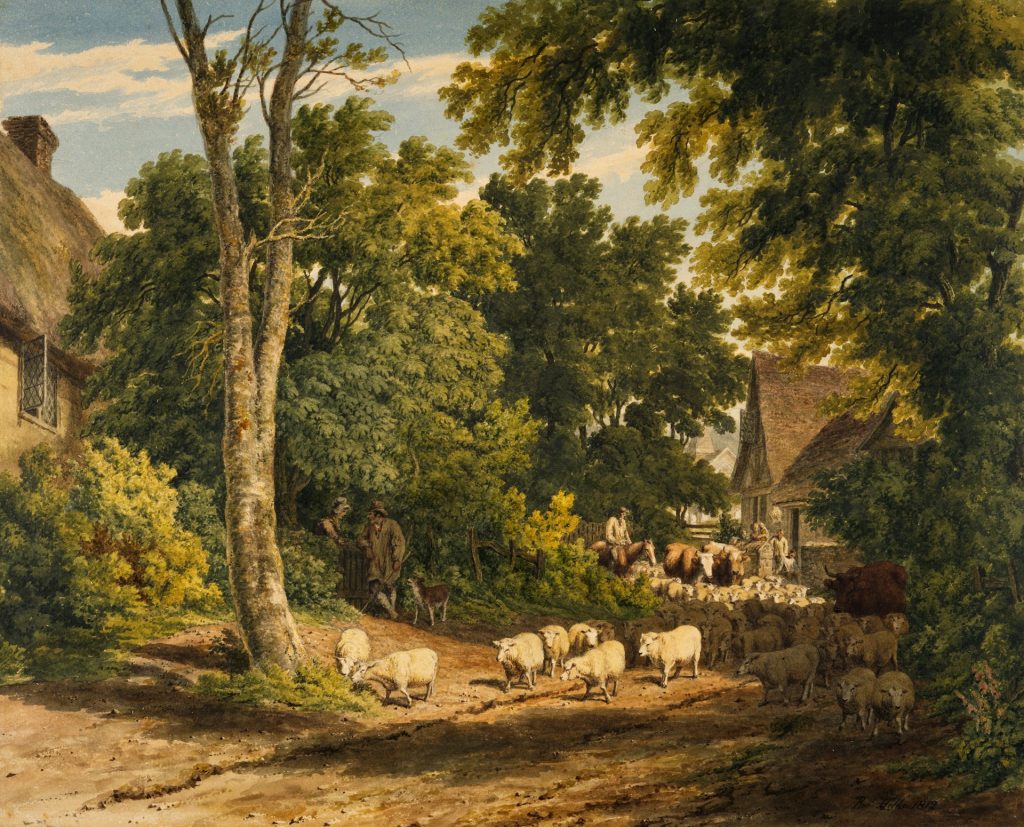
Source: https://unsplash.com/photos/herd-of-sheep-on-road-painting-8wcoY3wcbL0
Origins: Opposition to Other Art Styles
Realism emerged in the mid-19th century as a reaction against the preceding Romanticism and Neoclassicism. This style aimed to depict subjects accurately, without idealization or romantic embellishment. Artists focused on everyday scenes and ordinary people, presenting them in a true-to-life manner. The emphasis was on meticulous detail and lifelike representation.
Historical Context
Realism began in France around the 1840s and spread across Europe and the United States. It was influenced by the Industrial Revolution, which brought significant social changes. Artists like Gustave Courbet and Jean-François Millet were pioneers of this movement, using their works to highlight the lives of the working class and the rural poor. Realism also found a stronghold in American art, with artists like Winslow Homer and Thomas Eakins exploring themes of contemporary life.
Notable Examples
- Gustave Courbet’s “The Stone Breakers”: This painting depicts laborers breaking stones, emphasizing the harshness of their work.
- Jean-François Millet’s “The Gleaners”: It portrays peasant women gleaning the fields after the harvest, focusing on rural life.
- Winslow Homer’s “Snap the Whip”: This work captures childhood innocence in post-Civil War America.
2. Art styles: Impressionism – The Art of Light and Color
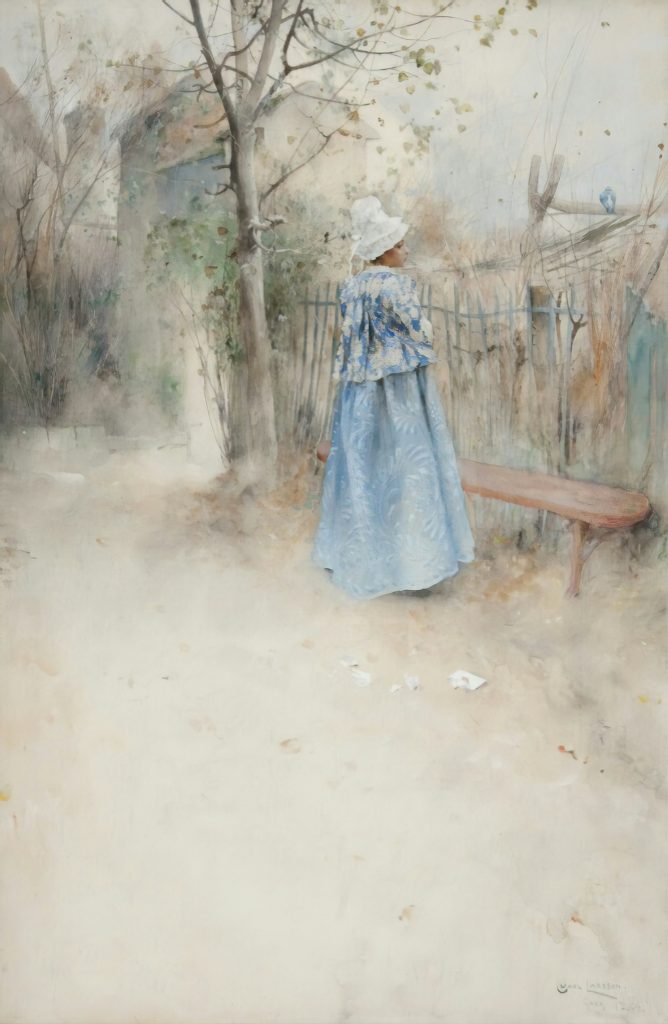
Source: https://unsplash.com/photos/gray-textile-on-brown-wooden-bench-TmOBXEBhh9I
Origins and Characteristics
Impressionism, which began in the late 19th century, broke away from the detailed realism of previous art styles. It focused on capturing the fleeting effects of light and color in the natural world. Impressionist paintings often feature loose brushwork, a vibrant palette, and an emphasis on the play of light. This style aimed to convey the artist’s immediate perception of a scene.
Historical Context
Impressionism emerged in France as a response to the rigid conventions of the academic art scene. The movement was spearheaded by artists like Claude Monet, Pierre-Auguste Renoir, and Edgar Degas. These artists often painted en plein air (outdoors) to capture natural light and atmosphere. The term “Impressionism” originated from Claude Monet’s painting “Impression, Sunrise,” which was exhibited in 1874.
Notable Examples
- Claude Monet’s “Impression, Sunrise”: This painting, which gave the movement its name, captures the harbor of Le Havre at sunrise with loose, expressive brushstrokes.
- Pierre-Auguste Renoir’s “Luncheon of the Boating Party”: It depicts a vibrant social gathering, showcasing Renoir’s skill in portraying light and color.
- Edgar Degas’ “The Ballet Class”: This work focuses on the grace and movement of ballet dancers, a frequent subject for Degas.
3. Art styles: Cubism – A New Perspective
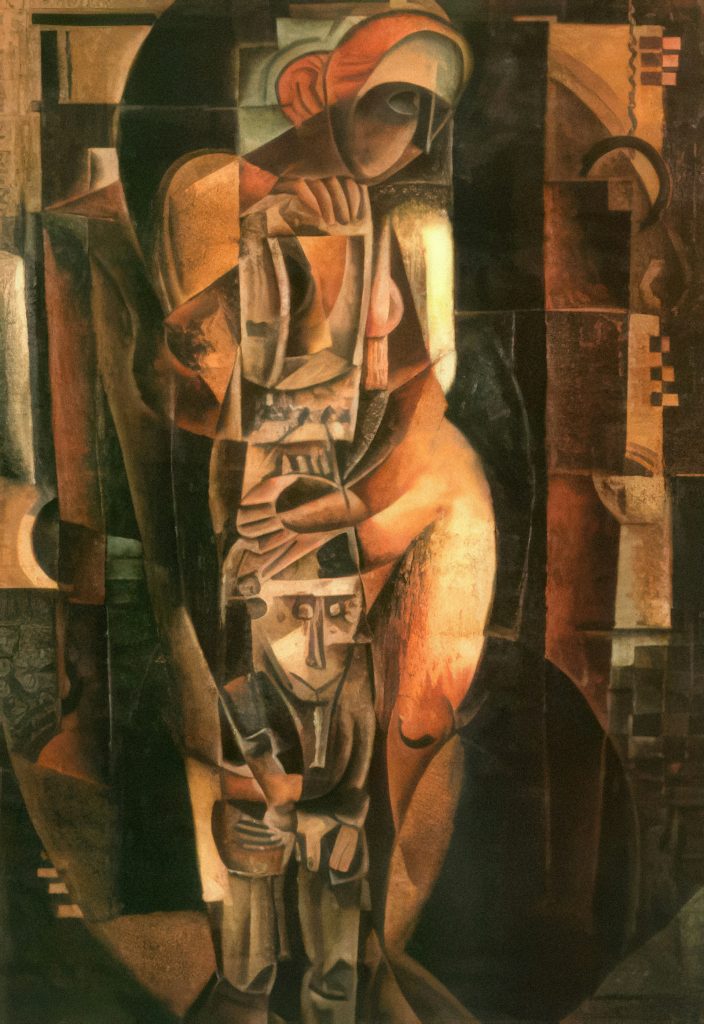
Source: https://unsplash.com/photos/a-painting-of-a-woman-holding-a-baby-eti7abmGzqE
Origins and Characteristics
Cubism, developed in the early 20th century by Pablo Picasso and Georges Braque, revolutionized the way artists depicted space and form. This style breaks objects down into geometric shapes and presents multiple viewpoints simultaneously. Cubism is often divided into two phases: Analytic Cubism, which deconstructs objects, and Synthetic Cubism, which reconstructs them using collage elements.
Historical Context: Prerequisite to Many Abstract Art Styles
Cubism emerged in a rapidly changing world, influenced by developments in science and technology. The fragmented forms of Cubism mirrored the fragmented reality of modern life. Picasso and Braque were heavily inspired by African art and the works of Paul Cézanne, who emphasized the geometric underpinnings of natural forms. This movement laid the groundwork for many abstract art styles that followed.
Notable Examples
- Pablo Picasso’s “Les Demoiselles d’Avignon”: This groundbreaking work depicts five female nudes with distorted, angular forms, representing a radical departure from traditional representation.
- Georges Braque’s “Violin and Candlestick”: It exemplifies Analytic Cubism with its fragmented depiction of a still life.
- Juan Gris’ “The Sunblind”: This painting showcases Synthetic Cubism with its use of collage and vibrant colors.
4. Art styles: Surrealism – Dreams and Reality

Source: https://pixabay.com/illustrations/surreal-people-colourful-clouds-7835200/
Origins and Characteristics
Surrealism, which emerged in the 1920s, sought to unlock the creative potential of the unconscious mind. Artists used dream imagery, symbolic motifs, and unexpected juxtapositions to create works that transcended rational thought. This style often features bizarre, fantastical scenes that challenge the viewer’s perception of reality.
Historical Context
Surrealism was influenced by the psychological theories of Sigmund Freud, particularly his work on dreams and the unconscious. The movement began as a literary one, led by André Breton, and soon spread to visual arts. Surrealist artists like Salvador Dalí, René Magritte, and Max Ernst explored the boundaries between reality and imagination, aiming to create a new kind of art that liberated the human psyche.
Notable Examples
- Salvador Dalí’s “The Persistence of Memory”: This iconic painting features melting clocks in a dreamlike landscape, symbolizing the fluidity of time.
- René Magritte’s “The Treachery of Images”: It challenges the viewer’s perception with the famous phrase “This is not a pipe,” under a realistically painted pipe.
- Max Ernst’s “The Elephant Celebes”: This work combines mechanical and organic forms in a surreal, dreamlike composition.
5. Art styles: Abstract Expressionism – Emotion and Gesture

Source: https://unsplash.com/photos/teal-and-yellow-abstract-painting-ctRJMubyj4o
Origins and Characteristics
Abstract Expressionism, which emerged in the 1940s and 1950s, is characterized by its emphasis on spontaneous, gestural brushwork and the expression of emotion. This style often features large-scale canvases filled with bold colors and dynamic forms. Abstract Expressionists sought to convey their inner experiences directly through their art.
Historical Context
Abstract Expressionism developed in post-World War II America, particularly in New York City, marking the first American art movement to gain international influence. The movement was shaped by the trauma of the war and the existentialist philosophy that emerged in its wake. Artists like Jackson Pollock, Mark Rothko, and Willem de Kooning became leading figures, each developing a distinctive approach to abstraction.
Notable Examples
- Jackson Pollock’s “No. 5, 1948”: Known for his drip painting technique, Pollock created complex, layered compositions that convey a sense of energy and chaos.
- Mark Rothko’s “No. 61 (Rust and Blue)”: This work exemplifies Rothko’s color field painting, with large areas of color that evoke deep emotional responses.
- Willem de Kooning’s “Woman I”: Combining abstraction with figuration, de Kooning’s painting portrays a woman with aggressive brushstrokes and distorted forms.
Conclusion
The world of art is vast and diverse, with each style offering a unique lens through which to view human experience. From the meticulous detail of Realism to the dreamlike visions of Surrealism, these art styles highlight the boundless creativity of artists throughout history. By exploring these styles, we gain a deeper understanding of the cultural and historical contexts that shaped them, as well as the enduring power of artistic expression.
References
- Honour, H., & Fleming, J. (2009). A World History of Art. Laurence King Publishing.
- Gombrich, E. H. (2006). The Story of Art. Phaidon Press.
- Arnason, H. H., & Mansfield, E. C. (2013). History of Modern Art. Pearson.
These references provide a comprehensive overview of art history and are excellent resources for further reading on the topics discussed in this article.

